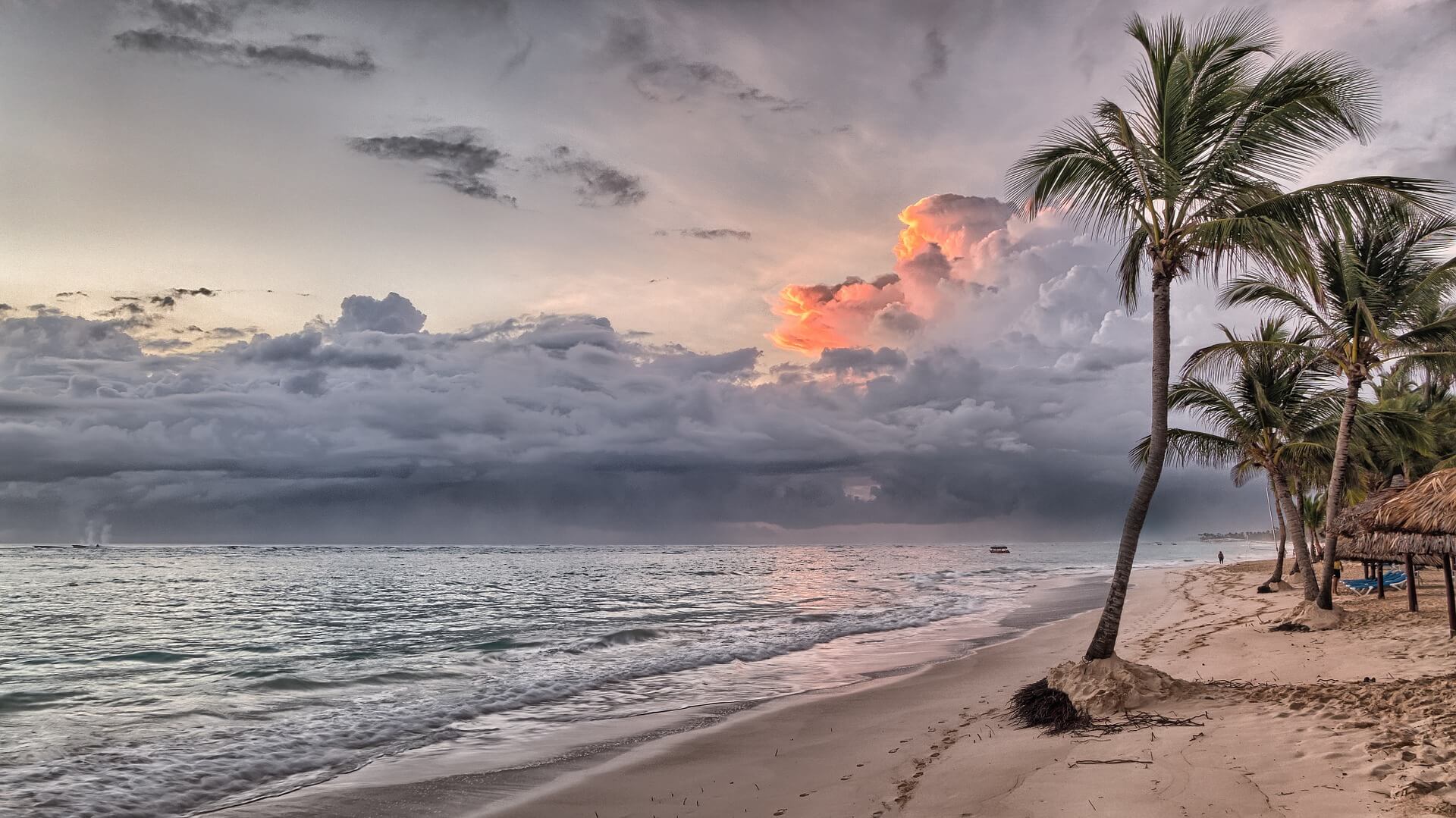First contingency line of credit in the Caribbean to secure access to US$150 million immediate financing in the aftermath of a disaster
 WASHINGTON, September 28, 2017— The World Bank Board of Executive Directors today approved a US$150 million loan to the Dominican Republic (DR) to provide immediate financing in the event of a natural disaster or a public health emergency. This Catastrophe Deferred Drawdown Option, or Cat DDO, provides countries with immediate financing without taking resources away from social and development programs.
WASHINGTON, September 28, 2017— The World Bank Board of Executive Directors today approved a US$150 million loan to the Dominican Republic (DR) to provide immediate financing in the event of a natural disaster or a public health emergency. This Catastrophe Deferred Drawdown Option, or Cat DDO, provides countries with immediate financing without taking resources away from social and development programs.
“As the Dominican Republic and its Caribbean neighbors live through the direct consequences of climate change and will continue facing vulnerability to extreme weather events, our priority is to be better prepared to save lives, assist affected communities, and ensure that key infrastructures such as hospitals, schools, roads, bridges and houses are better built to withstand natural disasters. This financing from the World Bank will help us mitigate risks from climate shocks, natural disasters, as well as pandemics”, said Danilo Medina, President of the Dominican Republic.
According to a recent World Bank and Ministry of Economy, Planning and Development study, the economic impact of disasters in the country is estimated to an average of US$420 million per year over the period of 1961 to 2014. The Dominican Republic ranks 27 out of 171 countries in the 2016 United Nations World Risk Index that ranks countries risks of natural disasters.
“The most important lesson from our experience in disaster response across the world is to invest in prevention and preparedness to be able to respond speedily when disaster strikes,” said Tahseen Sayed, World Bank Director for the Caribbean. “This is the first operation of its kind in the Caribbean, and focuses on a series of reform to strengthen the government’s capacity for disaster risk management, climate adaptation, and financial resilience”.
The policy reforms supported under the Cat DDO will:
· Incorporate disasters and climate-related risks into fiscal and debt management;
· Enforce zoning regulations, building codes and safety standards for public infrastructures, in particular for schools and health facilities;
· Strengthen flood and drought risk reduction measures as part of a comprehensive water resource management national strategy;
· and further build resilience of public investments by integrating disaster and climate-related risk analysis.
The Cat DDO is a flexible loan with a final maturity of 19 years, including a 12-year grace period.
Background on how the World Bank is responding to Hurricanes Irma and Maria
In the immediate aftermath of Hurricanes Irma and Maria, the World Bank mobilized a disaster risk management team to help governments of affected countries, to conduct a rapid damage and needs assessment, in collaboration with the United Nations, the European Union, the Caribbean Disaster Emergency Management Agency, and the Caribbean Development Bank. In Barbuda, an emergency recovery project is being fast tracked to help rebuild severely damaged public infrastructure. In Dominica, immediate support is available from an existing disaster reduction project and the Caribbean Catastrophe Risk Insurance Facility (CCRIF SPC), developed with assistance of the World Bank, will be making a payout of USD $ 19 million to Dominica within 15 days. Additional support will be provided following a damage and loss assessment. In the Dominican Republic and Haiti, the Bank has been working closely with the national agencies and development partners to improve preparedness and timely response.
Securing access to financial resources before a disaster strikes is also important. This includes instruments such as emergency funds, insurance mechanisms and contingency lines of credit such as the Catastrophe Deferred Drawdown Option, or Cat DDO. In addition, six Caribbean countries, Antigua & Barbuda, Anguilla, Haiti, Saint Kitts & Nevis, The Bahamas, and Turks & Caicos Islands, are receiving payouts amounting to US$ 29.6 million by CCRIF SPC, less than 15 days after Hurricane Irma and Maria ripped through the Caribbean. This regional insurance mechanism takes advantage of risk pooling to provide liquidity to respond quickly to disasters.

































